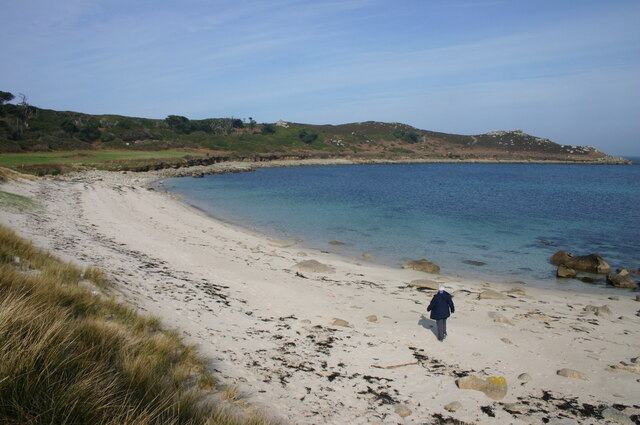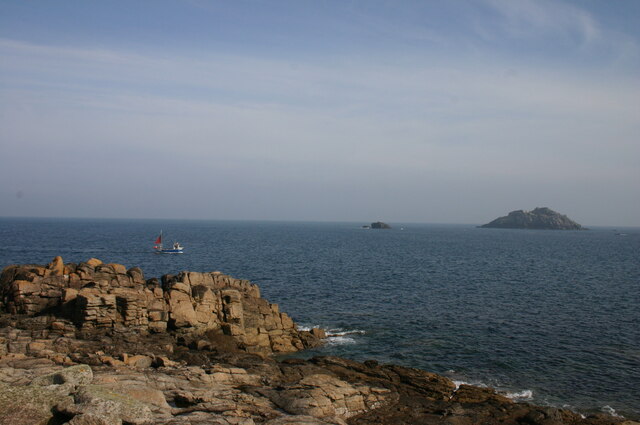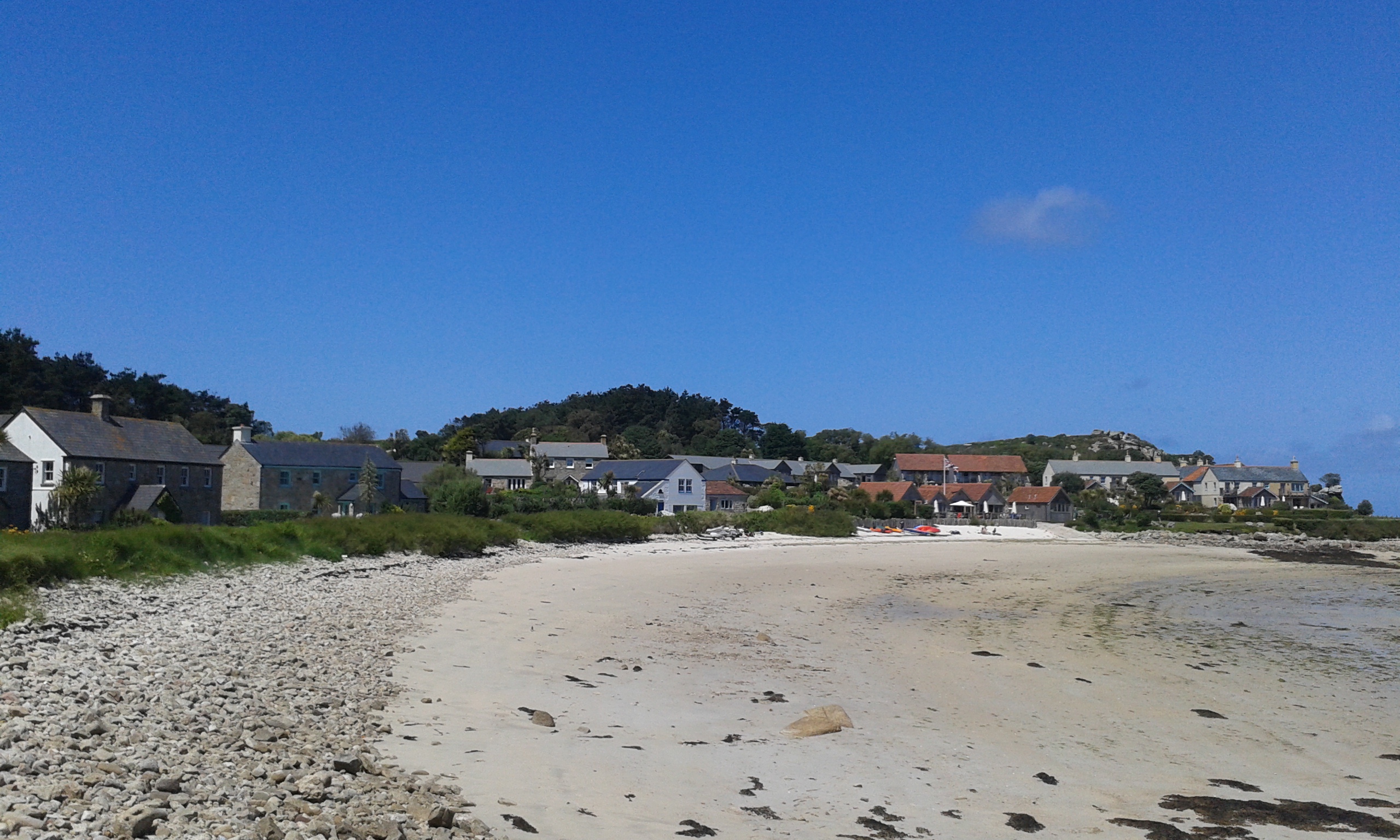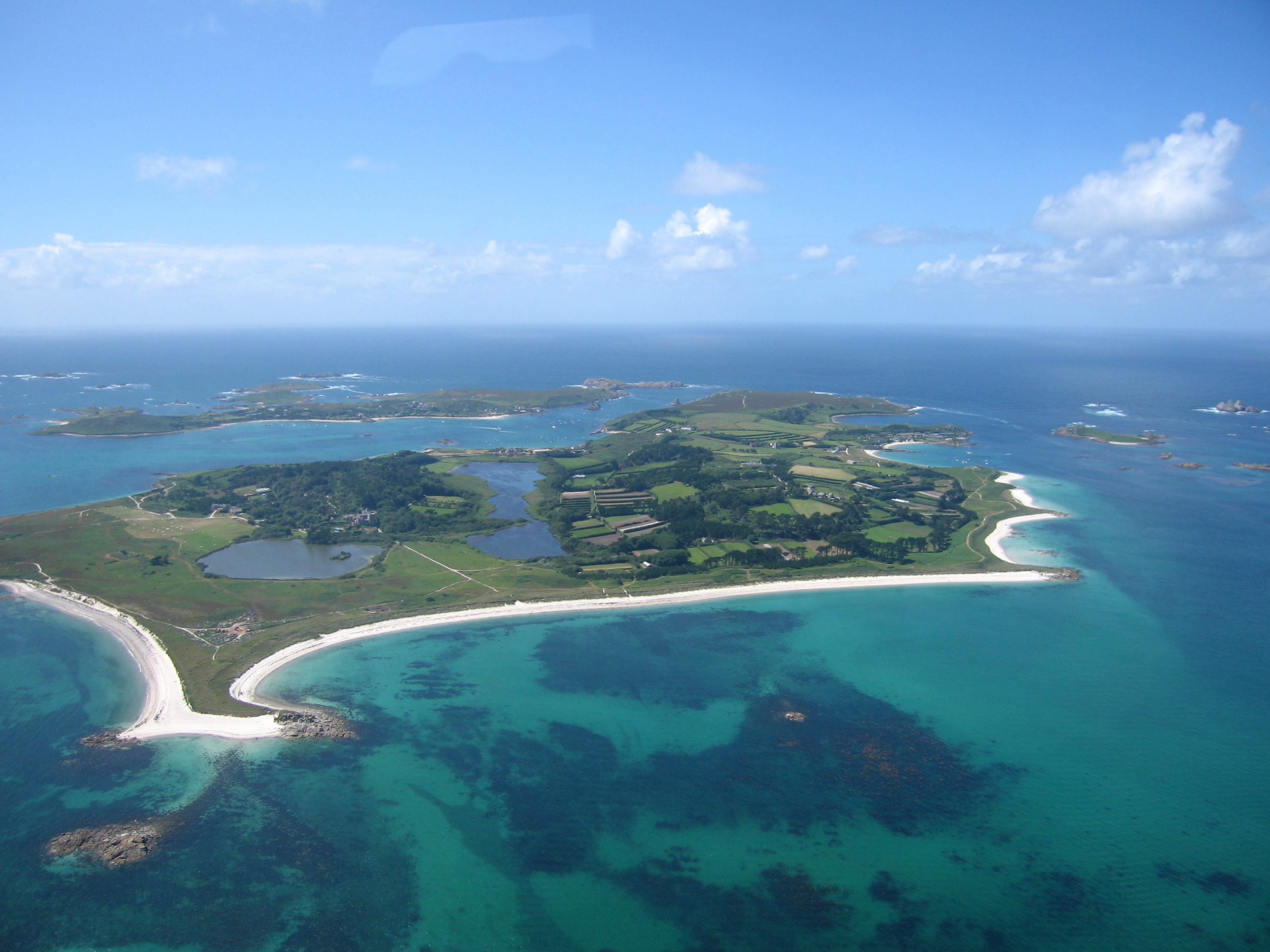Cook's Bar
Beach in Cornwall
England
Cook's Bar

Cook's Bar is a popular beach located in Cornwall, England. Situated on the picturesque coastline, it offers visitors a scenic and tranquil setting to enjoy the sun, sand, and sea. The beach is named after Captain Cook, the famous British explorer, who is said to have visited this area during his voyages.
With its golden sandy shores and crystal-clear waters, Cook's Bar beach is a paradise for beachgoers and nature enthusiasts alike. The beach is known for its clean and well-maintained environment, making it an ideal spot for families, couples, and solo travelers. The beach is backed by rolling sand dunes, providing a natural barrier and offering a sense of privacy.
Cook's Bar is also renowned for its excellent surfing conditions. The powerful waves and consistent swells attract surfers of all levels, from beginners to professionals. Surfing lessons and equipment rentals are available for those looking to try their hand at riding the waves.
The beach is equipped with convenient facilities, including toilets, showers, and ample parking spaces. There are also lifeguards on duty during peak times, ensuring the safety of beachgoers. Cook's Bar is located near several coastal paths, allowing visitors to explore the surrounding natural beauty and take in breathtaking views of the rugged cliffs and stunning coastline.
Overall, Cook's Bar in Cornwall is a must-visit destination for anyone seeking a peaceful and beautiful beach experience. Its natural charm, surfing opportunities, and convenient amenities make it a popular choice among locals and tourists alike.
If you have any feedback on the listing, please let us know in the comments section below.
Cook's Bar Images
Images are sourced within 2km of 49.959059/-6.3262195 or Grid Reference SV8915. Thanks to Geograph Open Source API. All images are credited.













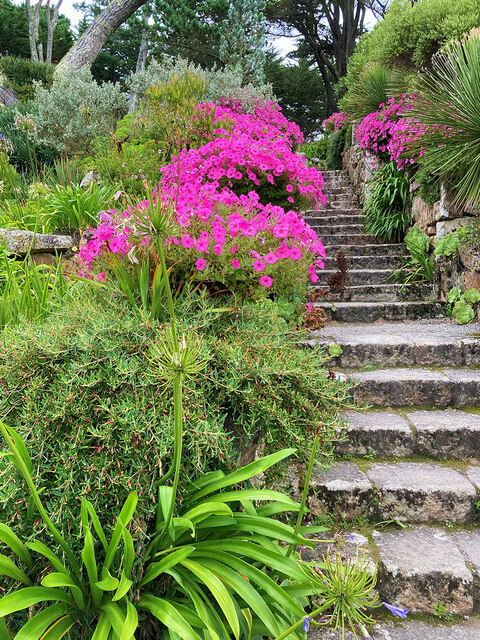
Cook's Bar is located at Grid Ref: SV8915 (Lat: 49.959059, Lng: -6.3262195)
Division: Isles of Scilly
Unitary Authority: Isles of Scilly
Police Authority: Devon and Cornwall
What 3 Words
///rating.bluffs.handrail. Near Tresco, Isles of Scilly
Nearby Locations
Related Wikis
Old Blockhouse
The Old Blockhouse, also known as the Dover Fort, is a 16th-century fortification on the island of Tresco in the Isles of Scilly. It was built between...
Old Grimsby
Old Grimsby (Cornish: Enysgrymm Goth) is a coastal settlement on the island of Tresco in the Isles of Scilly, England. It is located on the east side of...
St Nicholas's Church, Tresco
St Nicholas's Church, Tresco, is a parish church in the Church of England located in Tresco, Isles of Scilly, UK. == History == Originally two old cottages...
Tresco, Isles of Scilly
Tresco (Cornish: Enys Skaw, lit. 'island of elder-trees') is the second-biggest island of the Isles of Scilly. It is 297 ha (1.15 sq mi) in area, measuring...
New Grimsby
New Grimsby (Cornish: Enysgrymm Nowyth) is a coastal settlement on the island of Tresco in the Isles of Scilly, England. It is located on the west side...
RNAS Tresco
RNAS Tresco was a Royal Naval Air Service base on Tresco, the second largest island in the Isles of Scilly. From February 1917 to May 1919 aircraft patrolled...
Tresco Abbey Gardens
Tresco Abbey Gardens are located on the island of Tresco in the Isles of Scilly, United Kingdom. The 17 acre gardens were established by the nineteenth...
Tresco Priory
Tresco Priory is a former monastic settlement on Tresco, Isles of Scilly founded in 946 AD. It was re-founded as the Priory of St Nicholas by monks from...
Nearby Amenities
Located within 500m of 49.959059,-6.3262195Have you been to Cook's Bar?
Leave your review of Cook's Bar below (or comments, questions and feedback).
